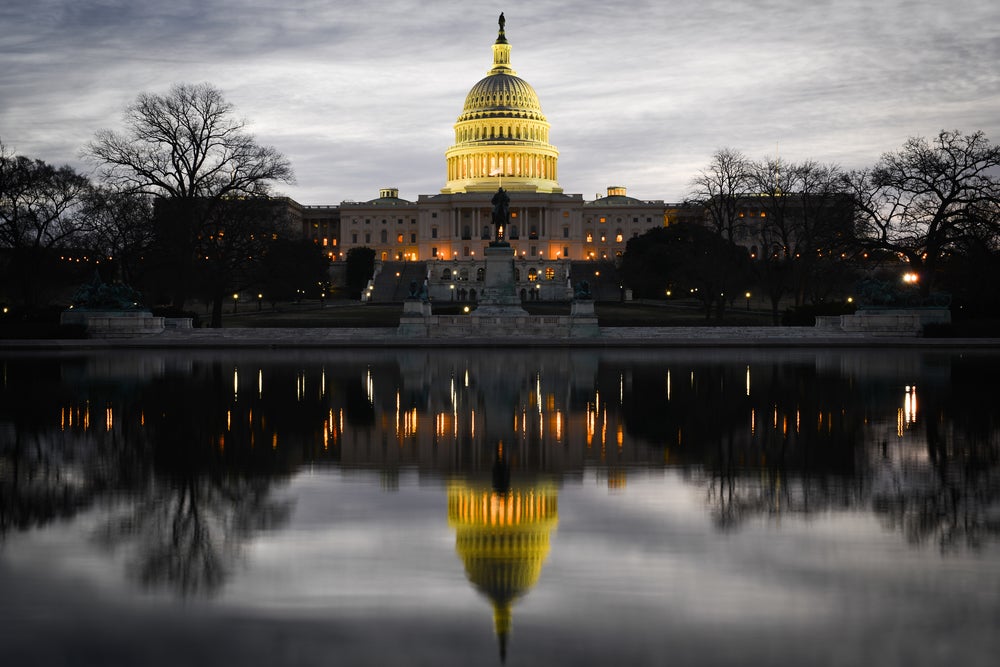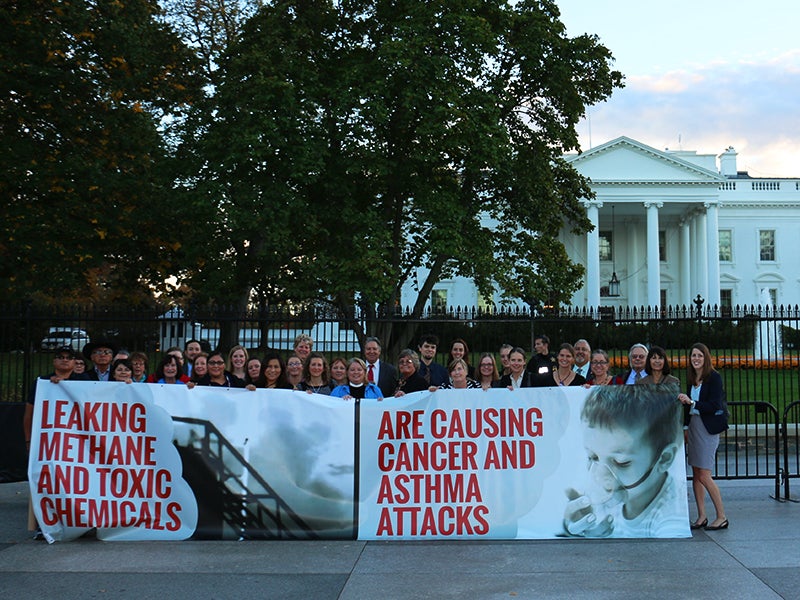Uncategorized
After 15 Years, EPA Finally Moves to Ban Brain-Damaging Pesticide Chlorpyrifos
Nearly 15 years have passed since the EPA effectively banned the residential use of the pesticide chlorpyrifos, which causes brain damage in children, and the EPA has at last proposed to ban most agricultural uses of this toxic pesticide.
Read MoreThe Time is Now to Join Together on Climate Change
As the Paris climate talks wrap up, now more than ever the world must partner together to combat the climate crisis.
Read MoreCutting Methane, Boosting Hope For Climate Success
World leaders are gathered in Paris to pledge support for taking meaningful climate action, and there may be no climate solution that is lower cost and higher impact than cutting methane pollution.
Read MoreA Banner Week for Banning Pesticides
Pesticides are disappearing from croplands, orchards and hardware stores in a major shift toward more sustainable agriculture.
Read MoreSugar Cane Burning Not So Sweet for Florida’s Residents
Each year, Florida’s sugar-growing corporations emit thousands of tons of hazardous air pollutants by burning sugar cane leaves, a dirty practice that Earthjustice is working to stop.
Read MoreCongress Can’t Shake Our Nation’s Resolve on Climate Change
As the end of the year approaches, Congress is pulling out all the stops to tear down our nation’s climate policies, without success.
Read MoreHikers and Wildlife Now Better Protected in the Pike-San Isabel National Forest
A recent Earthjustice settlement with the Forest Service will allow the public and wildlife experts a say in where and when motorized vehicles are allowed in the iconic Pike-San Isabel National Forest.
Read MoreSenators Bennet and Markey Introduce Bill to Protect the Arctic National Wildlife Refuge
Today, Senators Michael Bennet (D-CO) and Ed Markey (D-MA) introduced legislation that would protect the coastal plain—the biological heart of the Arctic National Wildlife Refuge—as wilderness.
Read MoreThe “Honorable Gentleman” from Kentucky on Climate Change
Senate Majority Leader Mitch McConnell has been outspoken in his denial of climate change, but many of his "facts" don't add up.
Read MoreMethane Fighters Take on Washington
Thirty-five people from 12 different states visited Washington, D.C., to share their stories with their representatives in an effort to build support for the EPA’s newly proposed Methane Pollution Standard.
Earthjustice and partner groups flew 35 people from 12 states to Washington D.C. to tell policy makes just how much methane pollution from oil and gas drilling has compromised their health.









